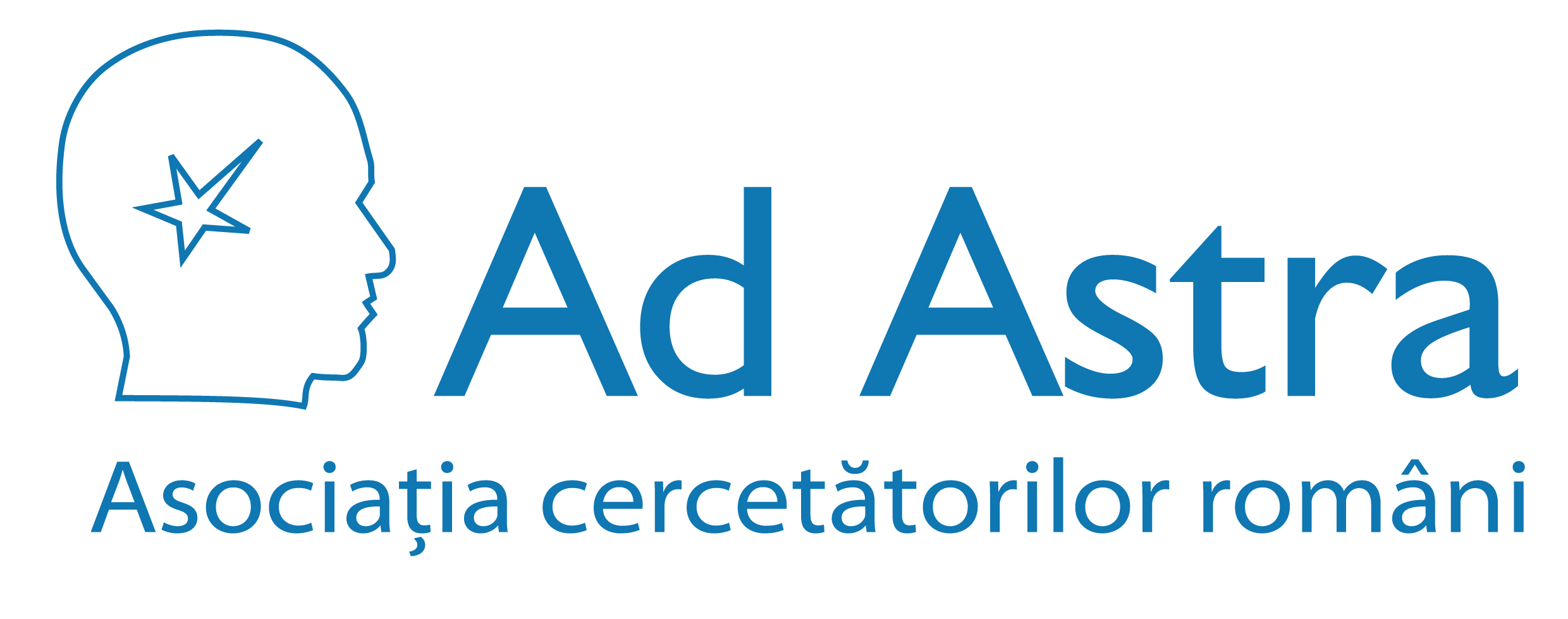Scopul nostru este sprijinirea şi promovarea cercetării ştiinţifice şi facilitarea comunicării între cercetătorii români din întreaga lume.
Staff Login
Monitoring of titanium base alloys -biofluids interface
Domenii publicaţii > Chimie + Tipuri publicaţii > Articol în revistã ştiinţificã
Autori: M.V. Popa , I. Demetrescu , S.-H. Suh c, E. Vasilescu a, P. Drob , D. Ionita , C. Vasilescu
Editorial: Bioelectrochemistry, 71, p.126-134, 2007.
Rezumat:
Monitoring of the titanium, Ti–5Al–4V, Ti–6Al–4Fe implant materials — Ringer 1 and Ringer 2 solutions interface
for long term was studied. In Ringer 1 solution (with high chloride ion content) all biomaterials present self-passivation.On Ti–6Al–4Fe alloy,the breakdown of the passive film was registered but at high pitting potential; pitting protection potential is very noble and can not be
reached in human fluids.In Ringer 2 solution was obtained more electropositive corrosion potential values than in Ringer 1 solution; pitting corrosion of Ti–6Al–4Fe alloy is characterised by nobler breakdown and pitting protection potential values, therefore a better pitting corrosion resistance and tendency. Ion release increases in time, for the first 400–600 immersion hours and then tend to a constant level low values, non-dangerous for human body. All open circuit potentials oscillate around some electropositive values. Atomic Force Microscopy images obtained after different exposure periods in Ringer 1 solution revealed that the roughness increased in time,suggesting a dynamic process at biomaterial–biofluid interface. X-ray Photoelectron spectra obtained after 2880 immersion hours in Ringer 2 show the existence of protective titanium dioxide TiO2 and TiO and Ti2O3 oxides both for titanium and Ti–5Al–4V alloy. Also, Al2O3 oxide was detected.
Cuvinte cheie: Long-term behaviour; Ion release; Potential gradients; Surface topography;

